For the past five years, two different teams of people have been attempting to answer a deceptively tricky question: who actually owns Union Street?
Of course, like every other issue involving Aberdeen’s most famous street, there is no single solution – the difficulty mostly lies in the sheer scale of the task.
A mix of commercial and residential properties, with owners ranging from multinational companies to local businesses to regular private landlords, and ‘fragmented’ buildings where every floor belongs to a different person or entity.
Behind each of the hundreds of doors on Union Street – shops, flats, restaurants, offices, venues – is an entire complex history of residents and contracts, tangled up in leases and sub-leases.
It would take considerable work for the teams to firmly establish the situation at a particular point in time.
So why bother?
Granite and grime
The unfortunate but undeniable reason is that Union Street is in a grim condition.
Grotty granite means this part of the Silver City has lost its shine, and plant life can be seen sprawling down from many of its facades.
Earlier this month, Aberdeen Inspired chief executive Adrian Watson told a Holyrood committee that the street has a vacancy rate of 20%, calling that figure “unheard of in a fairly affluent city”.
There has even recently been uncertainty around the future of M&S, the city’s last major department store.
To many people, the condition of Union Street is a reflection of Aberdeen itself: the stretch of road is a major part of the social, economic, and civic life of the city and the wider north-east.
As a result, its gradual deterioration is sometimes seen – fairly or unfairly – as symbolic of a decline in the area’s fortunes.
However, the power of a decent facelift cannot be underestimated.
A deep clean left Marischal College gleaming when Aberdeen Council moved in a decade ago, and the adjoining Greyfriars Church received the same treatment a few years back after a hospitality group bought it up – both examples of work made possible after the owners gave the thumbs up.
Last August, the local authority also committed £100,000 to scrubbing up Union Street, by power-washing pavements and repainting peeling railings.
But plans to give the thoroughfare’s buildings a similar hit of rejuvenation have previously met a barrier of sheer complexity, due to the variety of people who would need to be contacted to give permission for work to take place – and to help pay for the effort.
Teams to the rescue
The first of the two teams, from Aberdeen Council and Historic Environment Scotland, began working on the £3 million Conservation Area Regeneration Scheme (CARS) in 2017.
Aberdeen Inspired and the city’s Heritage Trust are also partners in the six-year initiative, which provides grants to owners of historic buildings so they can repair and maintain them both inside and outside.
But first, they needed to know whose buildings they would be helping to fix up.
So, they got to work: combing through their own records, and searching through title deeds in the Registers of Scotland to try and establish legal ownership.
Some properties were easier than others, with certain leasing arrangements meaning the legal owners were not the ones who were responsible for repair or maintenance.
But eventually, following a mammoth effort, the CARS team was able to produce a definitive list of all Union Street’s buildings and their owners.
That work would come in useful for the second team to take on the challenge of freshening up Union Street: the City Centre Masterplan facade scheme.
The new project is currently working out a funding plan for cleaning the grubby granite stones on the fronts of the buildings, many of which have been there for 150 years or more.
In a report in January, construction company Hub North Scotland and estate agent Savills identified 134 properties on the street, of which 101 were listed.
Strikingly, the report also says the cost of all the repairs needed to bring it back to peak condition would top £11 million – with more than £1.25m needed for wall cleaning alone.
Again, the biggest obstacle to overcome before work could start was the identification of the people whose properties would be getting the power-wash treatment.
As well as the work compiled by the CARS team, the facade project trawled records kept by Savills and the Scottish Assessors website to find the most up-to-date information possible.
They now know who is responsible for each of the street’s commercial properties, and plan to nail down residential property owners when they’ve settled on their “priority projects”.
So what now?
The facade project still has some work to do before the team can start hosing down buildings, and will be updating Aberdeen Council on progress in a report to committee next month.
The current plan is to trial the work on a single block of Union Street – the section opposite the Mither Kirk – and expand out from there.
CARS, meanwhile, has been making progress over the past few years, and £500,000 has been spent towards 18 projects.
Before the scheme comes to an end next year, the remaining £2.5 million will go towards nine more projects, as well as community engagement and a training initiative for traditional skills.
Council co-leader Ian Yuill said: “Council staff have worked hard to establish ownership, get in contact, and obtain permissions from owners of buildings on Union Street where needed for both the CARS scheme and for the block to be trialled as part of the Union Street facade scheme.
“For some buildings, this took a considerable amount of work due to the numbers of owners of shops and private residences in any one building, or complex ownership agreements.”
Can more be done?
Of course, simply repairing buildings and cleaning up their brickwork will not bring businesses back to the many empty lots scattered along Union Street.
CARS and the facade scheme are just two of many projects run by Aberdeen Council and other organisations to help the embattled stretch of road ahead of an uncertain future.
But Derren McRae, the head of the Aberdeen office for real estate services company CBRE, says more needs to be done to tempt one group of people to the area: developers.
They could be vital in order to achieve the city centre vision put across at the Holyrood economy committee attended by Adrian Watson: fewer stores as demand for in-person shopping dries up, and a heavier focus on leisure and residential.
Derren said: “There’s no real financial incentive for developers to convert the upper floors of Union Street.”
CARS funding is only available to “property owners and those holding appropriate long-term leases”, not people who intend to fix up or convert a property and then sell it at a profit as soon as possible afterwards.
Grants of more than £25,000 are subject to a 15-year clawback clause.
Derren continued: “If you want to do a major refurb of a building on Union Street, there’s access challenges, you have to put scaffolding up on a street so you have to close down areas.
“It’s not easy. There’s a reason why a lot of the larger developers purely focus on greenfield sites, because it’s much easier to build houses on a piece of land on the outskirts of Aberdeen, whereas if you want to actually make a significant change to the city centre it’s hard work.”
He added: “It’s been suggested in previous studies that you need a red carpet ethos to development, and I think that’s correct.
“If there are developers out there who are willing to spend the time and money, then they really must be looked after and helped through the process, so we can lower barriers to making positive change in the city centre.”
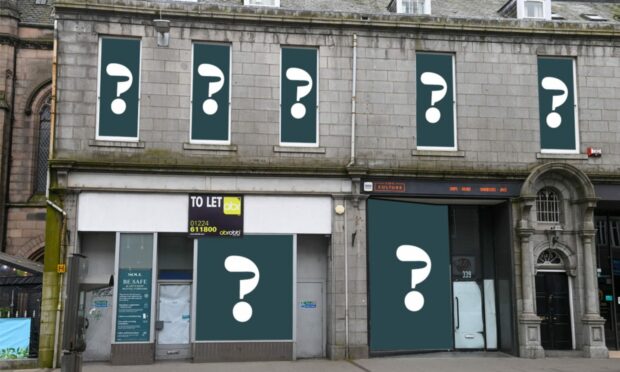
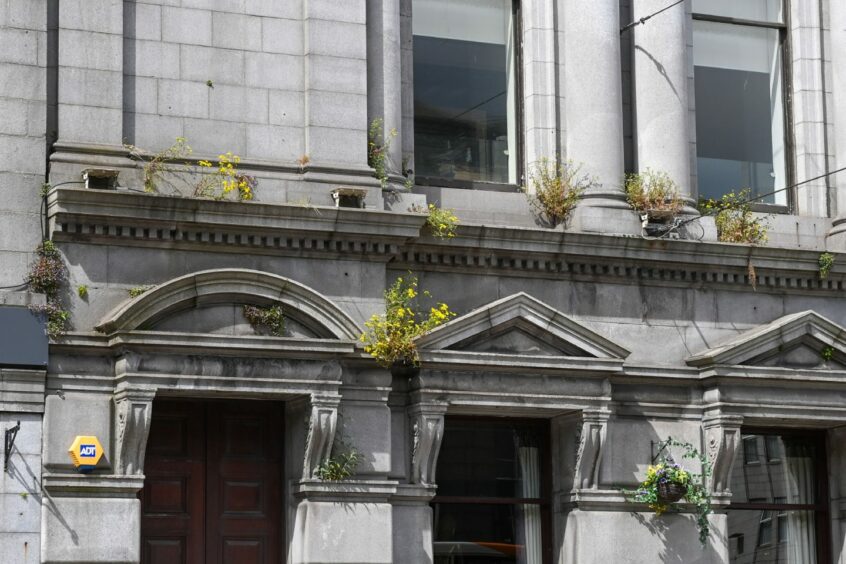
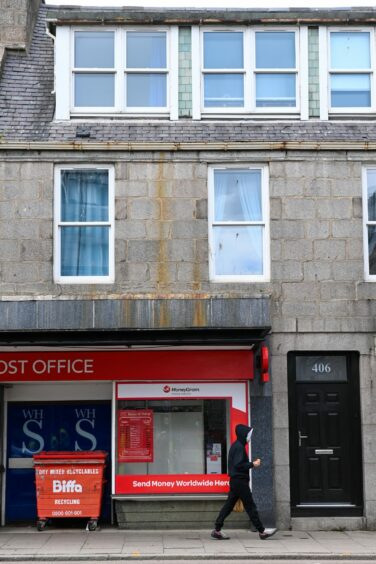
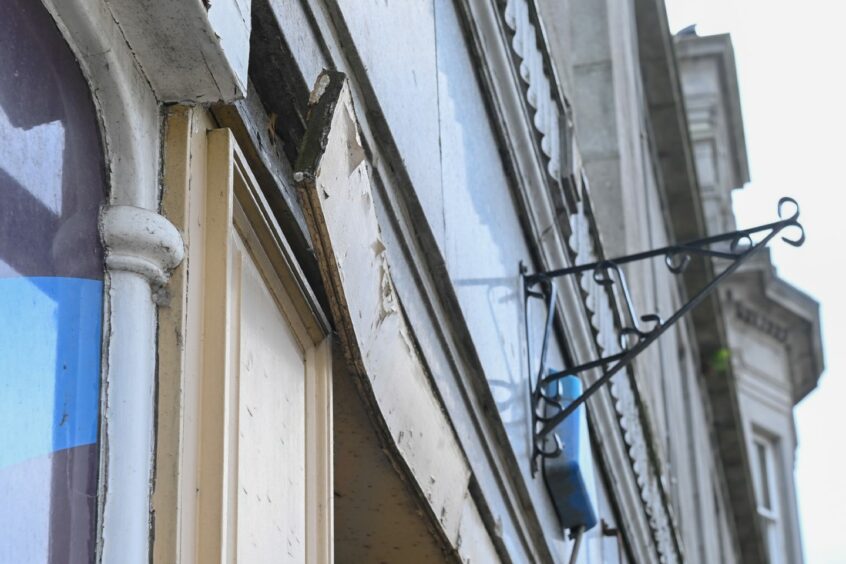
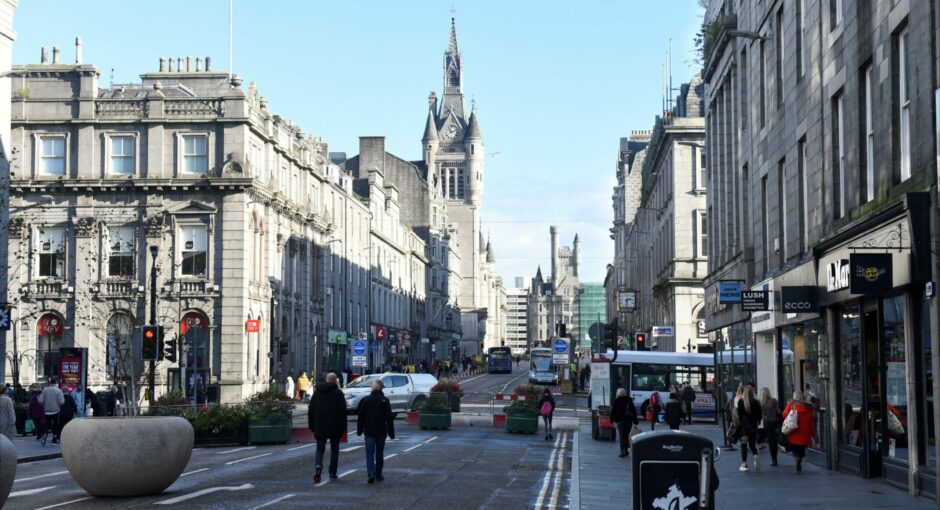
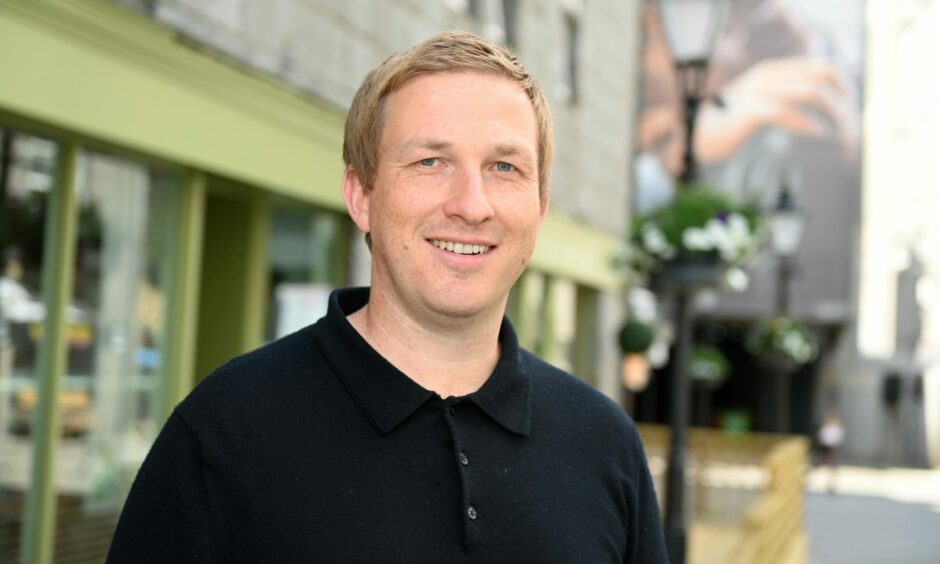
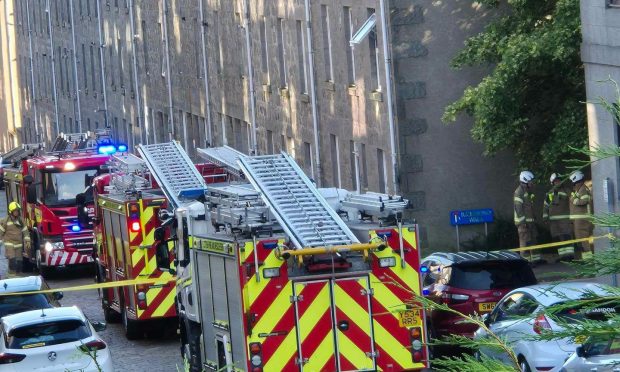
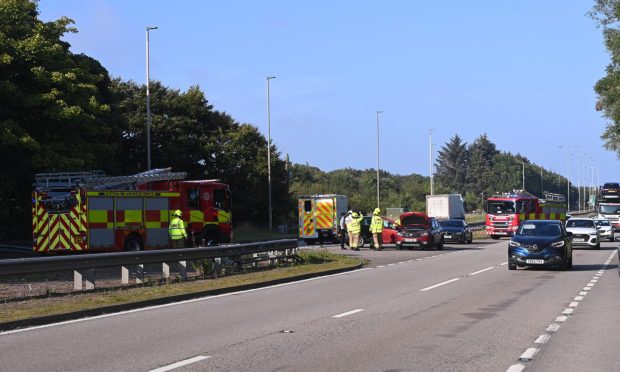
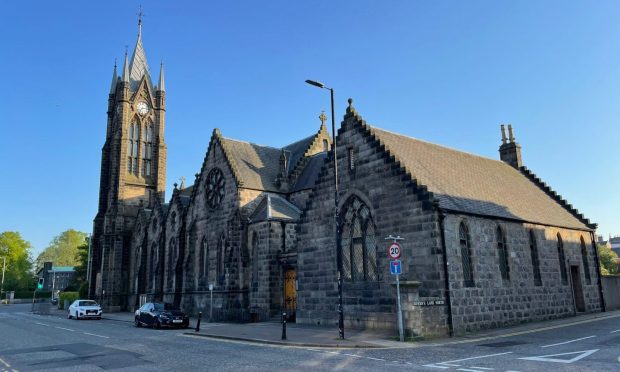
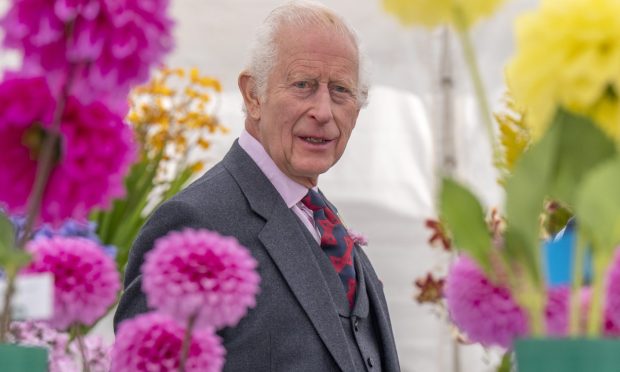
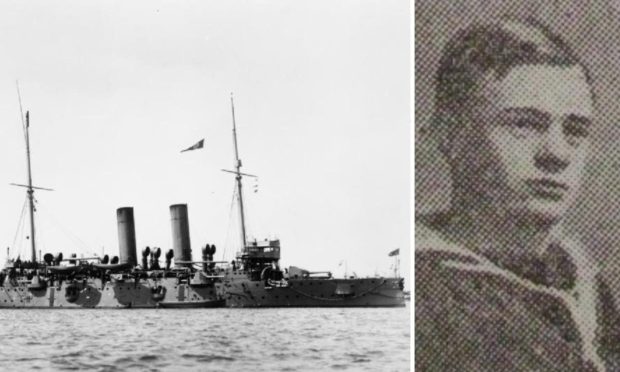

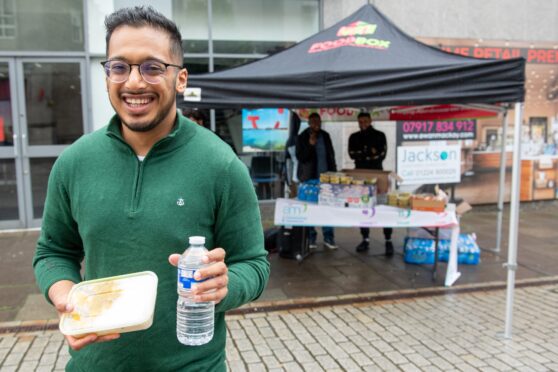

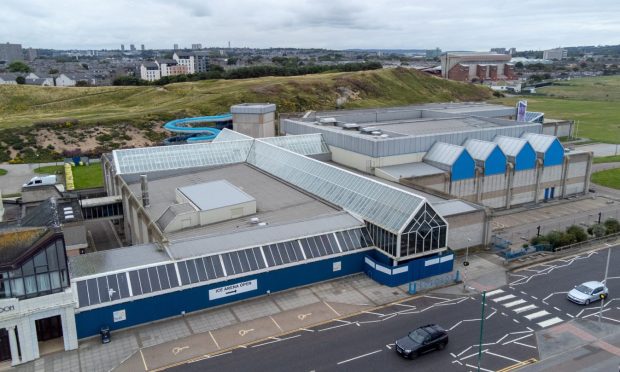
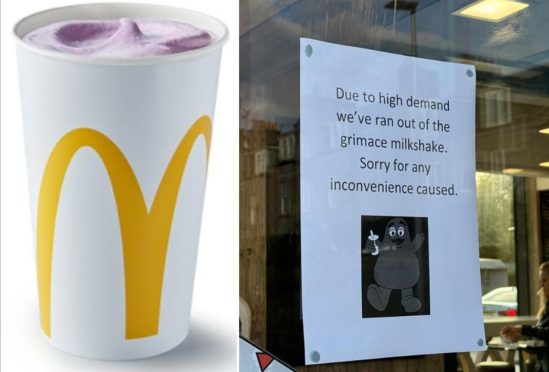
Conversation